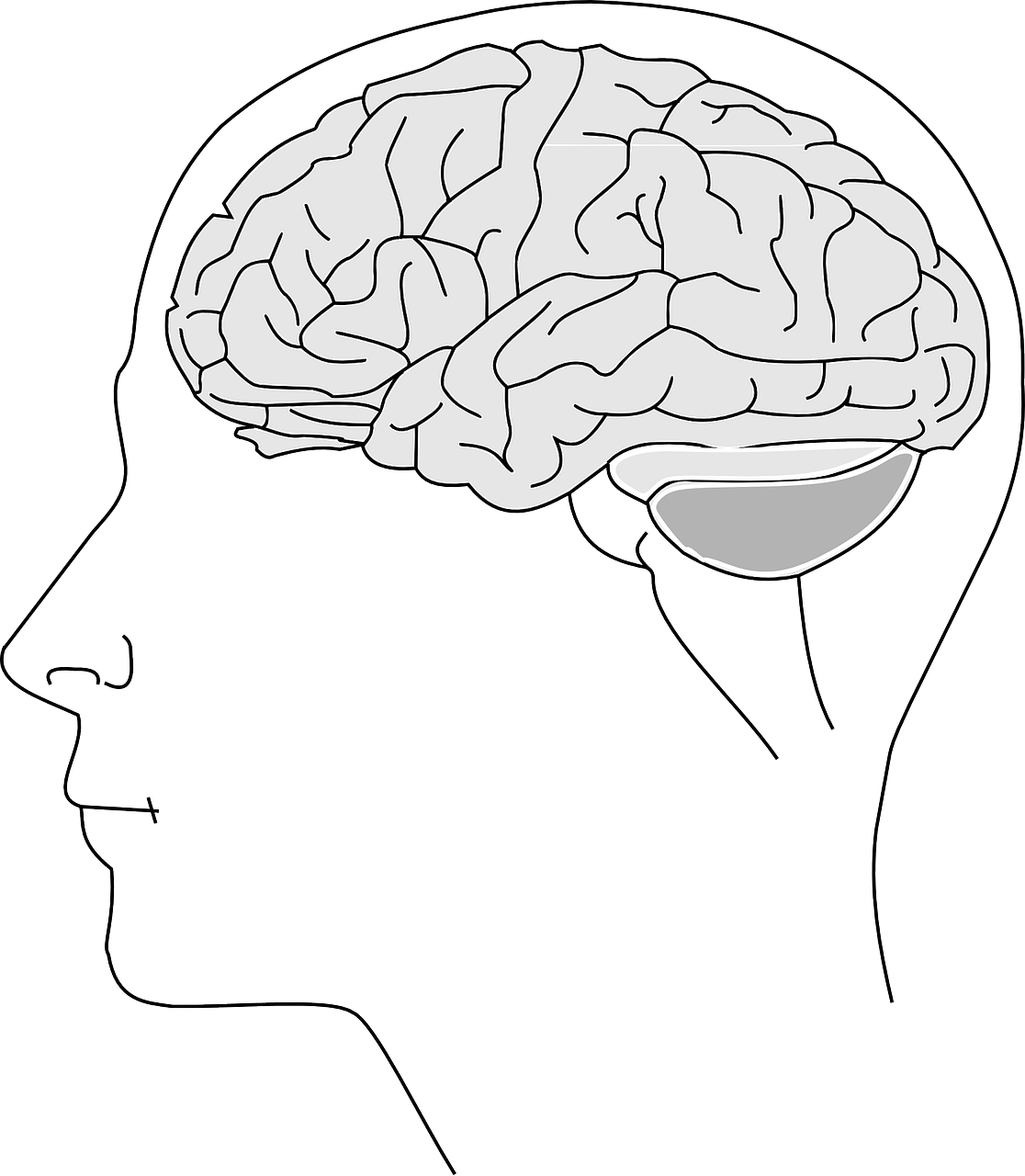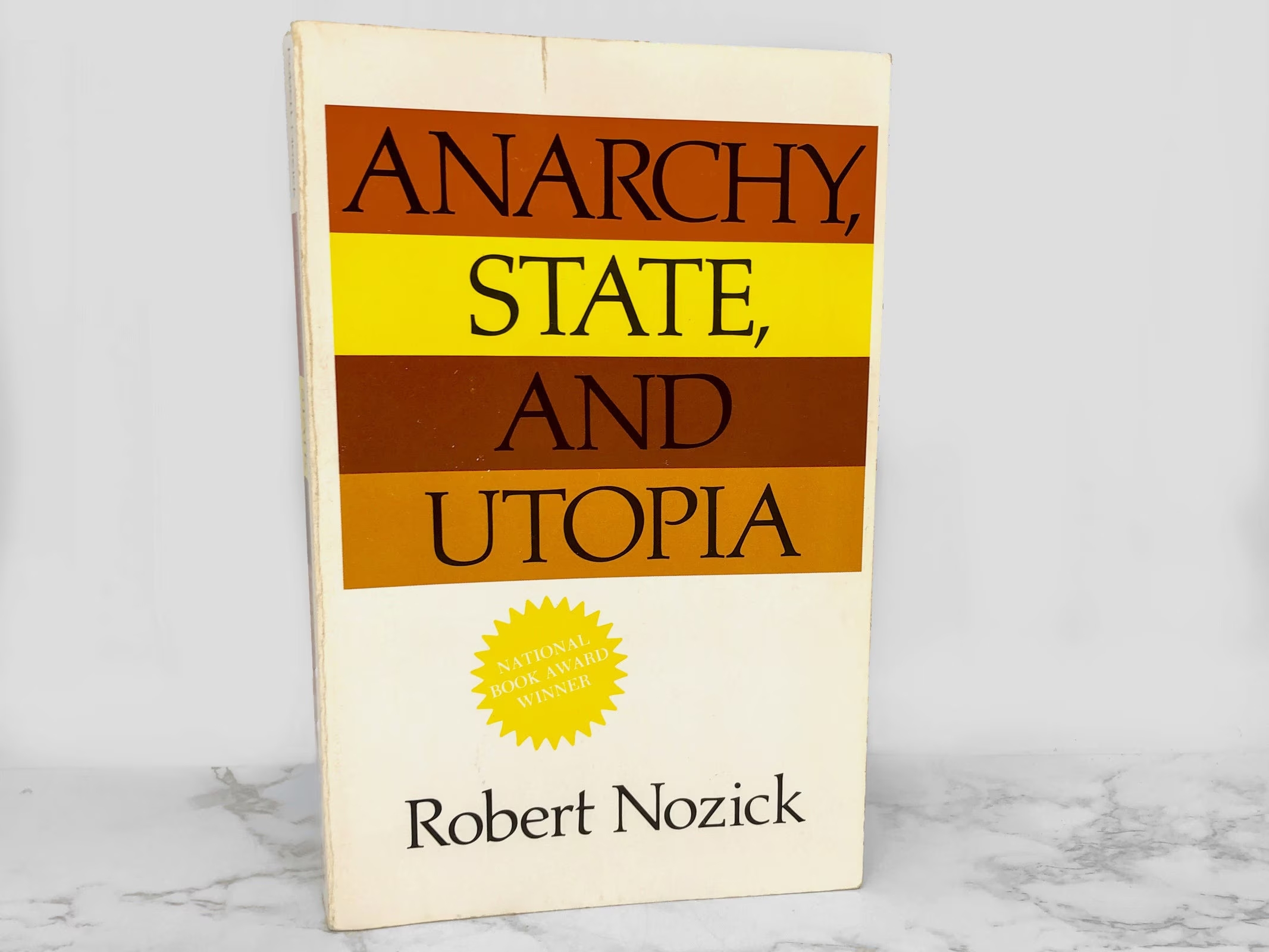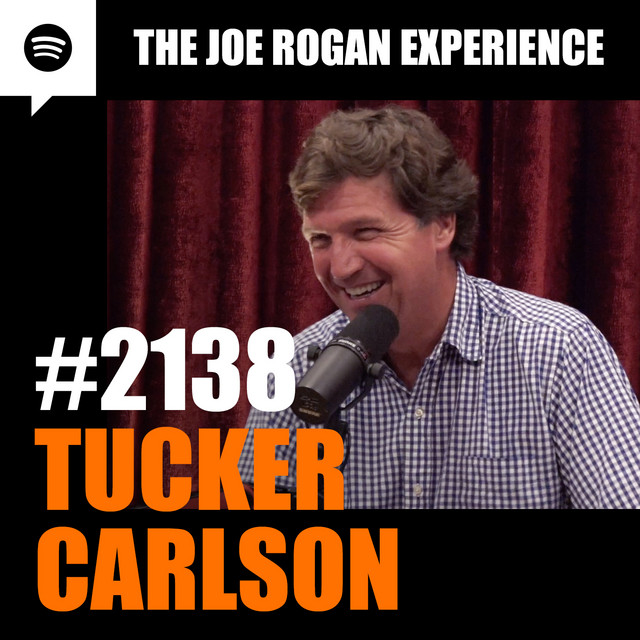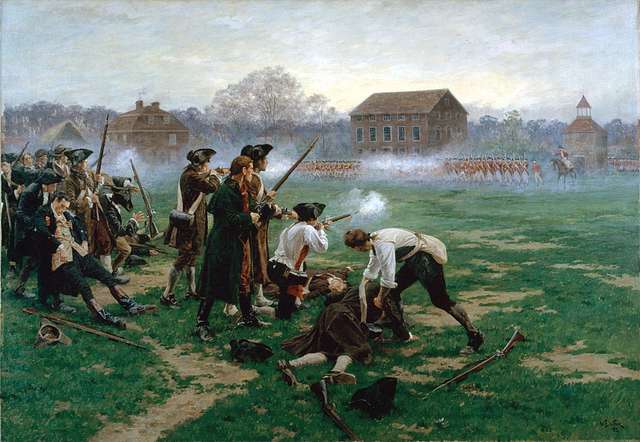Ludwig von Mises, in his Critique of Interventionism, stated that one government intervention in the market creates unintended consequences, which inevitably justifies the next government intervention. Nowhere is this more true than in the healthcare and drug markets, including the illicit drug black market. The War on Drugs, which has fundamentally transformed American society, and has borne out tragic unintended consequences: Communities and families destroyed, a heavily militarized police force, an empowered, unelected bureaucratic super-state, and millions of people incarcerated, their lives completely upended for possession of prohibited substances. Americans under 50 are more likely to die of a drug overdose than any other cause of death, over 72,000 in 2017. Politicians, in trademark hyperbolic fashion, have labeled the consequences an “opioid epidemic”, and they aren’t wrong. A broken clock is right twice a day, after all.
Surveying the carnage of government-created policies, lawmakers have decided the only way to rectify their horrific mistakes is to make more of them. My home state of Ohio, decimated by opiate use, has clamored for its representatives to “do something.” In response, Senator Rob Portman (R-OH), concluded that he has the answer to the crisis. He is proposing a bill that will place a national three-day limit on postoperative opioid prescriptions. Chronic pain patients will be granted an exception, maybe, as that would be up to the discretion of Congress. This might sound reasonable at first, but the reality is that these types of interventions do nothing to slow overdose deaths nor do they curtail the number of addicts. Legislation like this not only fails to understand the root of the opiate overdose problem, but also represents another step towards the Feds commandeering health care decisions, which clearly should remain between the patient and their doctor.
Portman’s proposal is as baffling as it pointless. There is a wealth of evidence that restricting opioid prescriptions increases overdose rates by pushing users to heroin, which is often adulterated with fentanyl or carfentanil, extremely powerful synthetic painkillers. In the face of this, Portman and his colleagues steadfastly cling to their devastatingly counterproductive strategy. According to local Dayton news WDTN, he said, “I’ve got legislation limiting it to three days, and that comes from what the Centers for Disease Control has said. After day four, five, six, the chances of becoming addicted are higher.” There is an increase in addictions after the fourth day of opioid treatment, but the number of patients that become addicted from being prescribed painkillers is so small as to be inconsequential. Portman is operating under the notion that most addicts got their start from a legitimate prescription. However, there is no evidence for this line of thinking, yet that doesn’t stop politicians from proclaiming it. Instead, policies like these not only punish people with medically legitimate opioid needs for being in pain, but they also force patients into the black market, where they encounter fentanyl and adulterated heroin, which are involved in overdose more than all other drugs combined.
The oft-cited 2016 CDC opioid prescribing guidelines were just that; guidelines, they were intended as recommendations for prescriber practices, not Congressional legislation. First off, the guidelines were intended for primary care (doctor’s office) settings, not postoperative settings. Also, as stated, the guidelines didn’t recommend any legislative action or anything else radical. They simply recommended re-assessing chronic pain patients to see if the benefits of opioid therapy outweigh the risks, and recommended that opiate naive patients be started on instant-release drugs (instead of extended-release), and that they were initially given doses under an arbitrary threshold dose. Just the act of releasing these recommendations spurred drastic action from healthcare providers and insurance companies: Some patients were abruptly kicked off their meds, and some clinics refused to prescribe opiates above that given threshold dose, which was meant as an initial dose for a new patient, not an established one. Predictably, many of the patients that were rapidly cut off turned to the illicit market, which carries huge risks including criminal charges and overdose death.
While the (unanticipated) reaction from healthcare providers is one example of the unintended consequences of government action, the consequences from the actions of lawmakers like Senator Portman will be far worse. Operating on faulty premises, without the benefit of medical expertise, they push the standard narrative that greedy, evil drug companies took advantage of unethical or inexperienced doctors, encouraging them to push pain pills on unsuspecting patients, which get addicted, hence creating our population of addicts. This is a fantasy. In the age of “evidence-based policymaking”, politicians seem to be ignoring the evidence.
The National Survey on Drug Use and Health has found that the rate of current non-medical opioid users remained fairly constant between 2002 and 2014, while the volume of opioids prescribed during this time period increased almost twofold. In other words, doubling the amount of opioids prescribed by doctors and dispensed by pharmacies had little effect on addiction rates, meaning that opiates being used on the street are not being diverted from prescriptions, nor are patients picking up pain pill habits at noticeable rates.
What this shows us–and our “wise overlords” in D.C., is that the massive surge in opiate use has little to do with them being prescribed them by a doctor. The causes of drug use are as multifaceted as any other human behavior, but one significant reason for opiate use is to self-medicate for emotional pain.
During Reconstruction, morphine usage had spiked, especially in the South. While one might expect this given the number of amputees that were treated with morphine, what doctors actually found was that morphine usage was prevalent both among Civil War vets that didn’t lose limbs, and also among families that had lost a loved one. They were both treating forms of emotional pain, something “flyover” rural America has in spades today. Severely economically depressed towns, which have borne the brunt of the Iraq and Afghanistan War’s casualties, have also had the lion’s share of casualties of the modern War on Drugs.
Conventional wisdom holds that widespread prescribing of semi-synthetic painkillers like OxyContin and Dilaudid didn’t cause the crisis that now confronts us. Rather, drug overdose rates have been on a rapid upward trend since at least 1980, a full 16 years before these drugs went on the market. On the contrary, all that’s changed is the drug of choice for non-medical users, who constitute the vast majority of opiate addicts.
Economics teaches us that demand for drugs is inelastic–when a given drug is unavailable, users will find a substitute or consume it regardless of the price. In the early 2000s, the drug of choice for non-medical users was OxyContin. As use of the drug skyrocketed, we see a pattern: public concern mounts, the moms of America demand action from their elected officials, who use the only tool they have in the toolbox, a hammer, attempting to smash the problem with state-sanctioned violence. The predictable result of all this hammering and smashing is what’s called the “Iron Law of Prohibition.” This term was coined in 1986 by NORML Executive Director Richard Cowan, who famously defined it as “The harder the laws, the harder the drugs”. As enforcement gets more and more aggressive, the drugs available on the black market have to become more dense, as smugglers will only transport the product, risking long stretches in jail, if the payoff is big enough. Inevitably, what happens over time is that the prohibitionist society ends up with the most powerful drugs becoming popular.
After OxyContin was reformulated in 2010 to make it harder to abuse, non-medical users deprived of their drug of choice sought out alternatives, and the black market responded with heroin–which has always been subject to the same issues that plague all black market substances, inconsistent dosages and varied purity. Both these factors contributed to the surge in overdoses after 2010. In recent years, as interdiction efforts stepped up and criminal penalties lengthened, illicit drug suppliers have started adulterating heroin with exponentially more powerful drugs like fentanyl, a synthetic opiate used by combat medics and ER doctors to treat severe acute pain. Fentanyl and carfentanil, a veterinary tranquilizer for large animals, have both been found in black market drugs, which often contain no heroin at all. Both these substances have a lethal dose that is a small fraction of street heroin, leading users to overestimate their dosage, leading to many fatalities. These synthetic drugs are so powerful that during my days as a paramedic, we would often find that fentanyl overdose victims needed anywhere from three to five times the normal doses of Narcan, the opioid overdose reversal drug.
OARRS, the much-touted prescription registry that doctors must check before writing for controlled substances, is the child of such legislative geniuses like Portman. The Ohio House bragged about its triumph in the War on Drugs. They actually accomplished what they set out to do for once; in fact, they did such a good job limiting prescriptions that they drove thousands of people into the black market, where they were faced with a much higher risk of overdose. The arrest of doctors and the implementation of OARRS has also had a chilling effect on prescribers, intimidating them into refusing to give opiates to people in need.
What brought on these changes in the illicit drug market? Government action. The crackdown on legal opioids, brought about by laws passed by state legislatures and Congress, just pushed more people into the black market, where they encountered extremely potent synthetic opioids–brought about by the obsession over “Law and Order” prohibition enforcement that our current President and Senators like Portman share. The unintended consequences of these policies? More people died of overdoses in 2017 than were killed during the entire Vietnam conflict. Hepatitis C rates have ballooned since the introduction of abuse-deterrent OxyContin, which was the result of users switching to injectable drugs. The United States has the largest prison population in the world, having 5% of the world’s population but 25% of the prison population. This incarceration rate would make the Stasi of East Germany blush. This inhuman policy destroys families and the lives of the newly minted felons, branded for life with the scarlet letter “F”, that prevents them from getting jobs, housing and student loans. Repossessions, foreclosure, bad credit and bankruptcy await those leaving the gates of America’s prisons. The recidivism rate in Ohio is 85%, one of the better rates in the nation, representing a clear failure of statist policy that has thrown countless people in cages who never should have been there. When one can’t find a job due to their criminal record, which places one in the same category as rapists and child molesters, there are few options left. As is said in the drug treatment subculture, “You gotta deal or you gotta steal.”
What of the victims of property crimes committed by addicts to fund their drug habit? While the criminals are ultimately responsible for their behavior, the sheer volume of thefts is greatly exacerbated by the state as well. Black market drugs command prices that are exponentially higher than they would be in a free market, as the artificially low supply, and risk associated with dealing/transporting drugs is reflected in the price. Therefore, the state has created a condition where property crime is greatly increased versus what would exist in a free market. Walter Block, in his book Defending the Undefendable, stated that because of this dynamic, the drug dealer is the hero and the narcotics detective the villain, since the dealer pushes the price of drugs down and the detective puts upward pressure on prices. While this might be half an overstatement, the principle behind it still stands; and no matter how hard it may try, the state’s actions only serve to further amplify the negative consequences of drug prohibition.
Furthermore, the War on Drugs is the ultimate destroyer of liberty in America. War is the health of the state after all, and make no mistake, this is a war on the citizenry. This war, and its perennial fear mongering, has been the justification for every expansion of police power since 1937. The police state Americans live under is the most violent in the world, and is a de facto standing army with the gear and attitudes to match. Federal policy has transformed local sheriffs and police departments into franchises of the national police state, which violate property rights, seize houses, legitimate businesses, cash and cars with impunity (don’t let people forget Joe Biden was the biggest champion of civil asset forfeiture). American cops kill and abuse citizens daily without censure. So many of the social and political problems ailing modern day America have a common root cause, the War on Drugs. Police behavior, especially shootings, are in large part due to drug interdiction efforts. Prioritizing drug seizures brings aggressive, trigger-happy cops into more unnecessary contact with civilians than anything else, increasing the likelihood of unjustified shootings. From no-knock raids to traffic stops, the effort to “get drugs off our streets” creates situations where deadly force is likely to occur, that wouldn’t exist otherwise. Drug arrests create broken homes, which dramatically worsens a child’s odds of success in adulthood. Two of the best predictors of poverty are a criminal record, and growing up in a single-parent home. Wasting resources on drug possession means that less are devoted to solving real crimes, and the murder clearance rate in America is one of the lowest in the developed world. High crime in a community causes property values to plummet and businesses to leave, taking economic opportunities with them, fueling the vicious cycle. The state has brought war to our communities, and what do we get for all the trouble? Drugs have proliferated, being more potent, more deadly, and more widely available than ever.
The state has clearly failed in its objective. They lost the War on Drugs the day it started, and the enforcers of this policy have left a swath of destruction a mile wide wherever they go. Instead of punishing those in pain for being in pain and punishing addicts for their self-medication, we should look to more realistic approaches that have actually proven effective instead of trying to solve this problem at gunpoint. Harm reduction, embraced by several states in the U.S.,has been proven very effective in stemming the tide of overdoses. Things like needle exchanges and Medication-Assisted Therapy have had great effects on curbing deaths and the spread of diseases like Hepatitis C and HIV. However, Portman’s and my home state of Ohio has seen fit to intervene even more in that market too, making it harder for people to get on Suboxone therapy. Clinics that dispense Suboxone are subject to myriad regulations, including such minutiae as staffing requirements, doctor-to-patient ratio and recordkeeping demands. Micromanaging like this artificially decreases the availability of Suboxone, something any primary care doctor should be able to prescribe sans bureaucratic red tape. People die because of this ridiculous policy, as it artificially limits the availability of drug treatment for those who seek it. Their deaths are on the legislator’s hands; it is no different than if they passed a law limiting access to insulin. Addiction is a medical issue, not a criminal justice one. There is no statist solution to this statist-created problem, the only remedy is for the state to get the hell out of the way and let the market sort out the mess that government created.
The irony is that we have a perfect example of how to deal with this problem: Portugal. Every libertarian should become familiar with this phenomenon. The heroin capital of Europe solved its drug abuse issues within a few years. How did they do it? Public executions of drug traffickers? No. A massively empowered police state, going door to door like I did in Baghdad? Negative. Did they completely forbid the prescription of opiates? Nope. In 2001 they decriminalized all drugs, including heroin and methamphetamine. They shifted 90% of public money to treatment instead of criminal justice. Rehabilitation centers are widely available, the cost of which is paid for by tax dollars. Methadone, a treatment drug that replaces a users physical need for heroin, is delivered to workplaces and homes by van. There has been a cultural change–which may be the key to the issue–as drug addicts are no longer viewed as inhuman scumbag criminals, like they are in the United States. Instead, they are seen as sick people, no different than someone who is a Type 2 diabetic. The results speak for themselves. Drug overdoses are nearly non-existent, and the open drug black market that once characterized cities like Lisbon is nearly non-existent. Fentanyl, which is rampaging through America right now, is not available in Portugal. Street drugs are pure and unadulterated. Although it’s not my perfect Libertarian market-based solution, we’d be foolish not to celebrate Portugal’s success, and advocate for something like it here.
The Judge Dredd model of arresting substance abuse out of existence simply doesn’t work. It can’t. The laws of economics, just like the laws of physics, are incontrovertible. Utilitarianism aside, you own your body, because you have the greater claim to it. It’s your own your body, you have the right to put whatever you please in it, be that marijuana or heroin or unpasteurized goat cheese. If someone else can dictate what you can and can’t ingest, then you really don’t own it, do you? We have a word for that condition in the English language.
Matthew Freeman is a podcaster, blogger, and wanna-be amateur historian. He is an ex-convict, a former Paramedic, and a U.S. Army veteran. He is the host of The Statist Quo podcast, a show about current events, politics, foreign policy, history, and veterans’ issues from a libertarian perspective. The show’s website is www.thestatistquo.net, and it can be found on Apple Podcasts, Stitcher, and Spotify. He can be contacted at thestatistquo@gmail.com.












